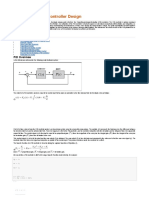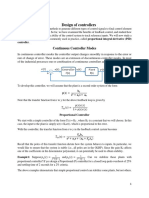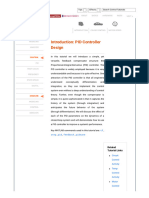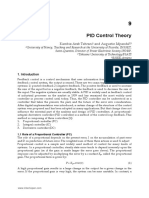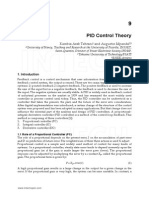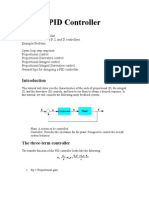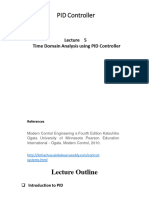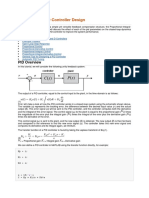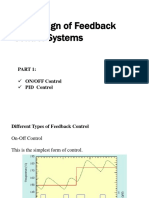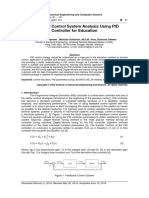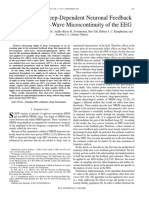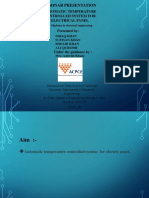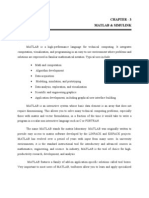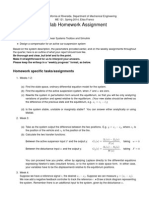0% found this document useful (0 votes)
28 views20 pagesControl System Controller
The document provides an overview of various types of controllers used in control systems, including Proportional (P), Derivative (D), Integral (I), Proportional-Derivative (PD), Proportional-Integral (PI), and Proportional-Integral-Derivative (PID) controllers. Each controller type is explained in terms of its function, transfer function, and application in improving system performance. Additionally, the document discusses the tuning of PID parameters for optimal control system performance.
Uploaded by
0523angelafranciscoCopyright
© © All Rights Reserved
We take content rights seriously. If you suspect this is your content, claim it here.
Available Formats
Download as PDF, TXT or read online on Scribd
0% found this document useful (0 votes)
28 views20 pagesControl System Controller
The document provides an overview of various types of controllers used in control systems, including Proportional (P), Derivative (D), Integral (I), Proportional-Derivative (PD), Proportional-Integral (PI), and Proportional-Integral-Derivative (PID) controllers. Each controller type is explained in terms of its function, transfer function, and application in improving system performance. Additionally, the document discusses the tuning of PID parameters for optimal control system performance.
Uploaded by
0523angelafranciscoCopyright
© © All Rights Reserved
We take content rights seriously. If you suspect this is your content, claim it here.
Available Formats
Download as PDF, TXT or read online on Scribd
/ 20


